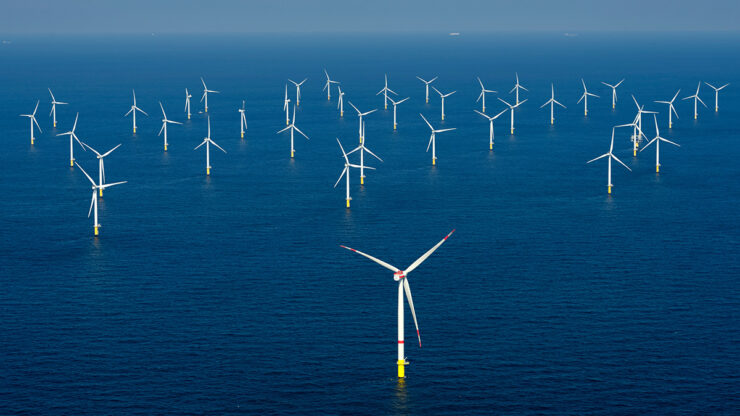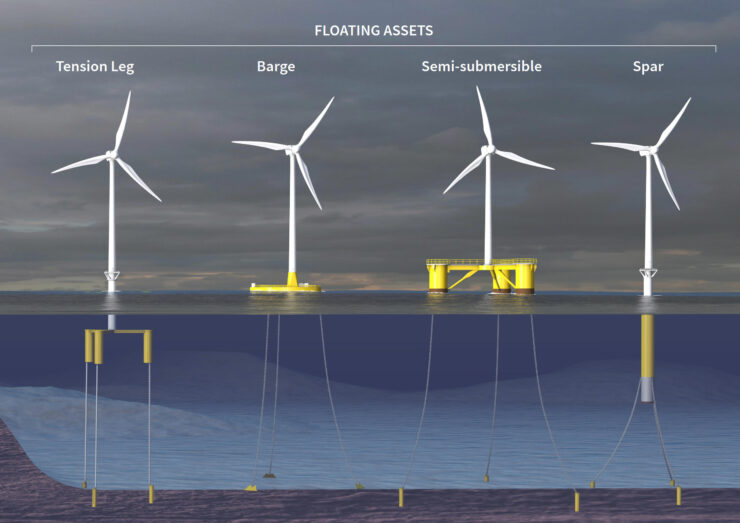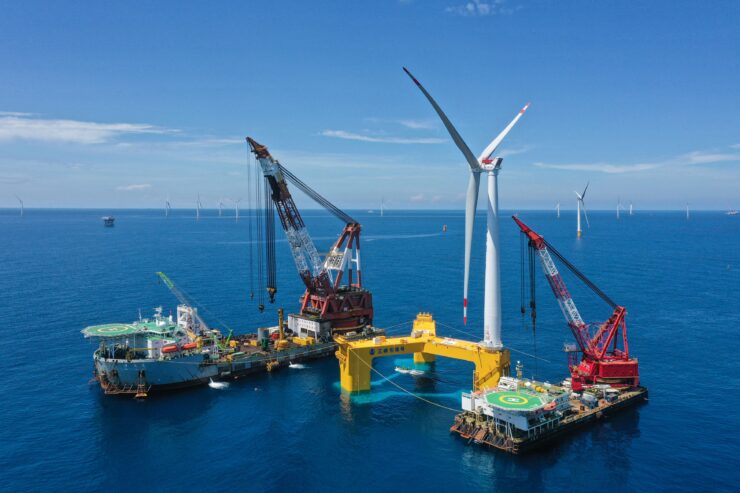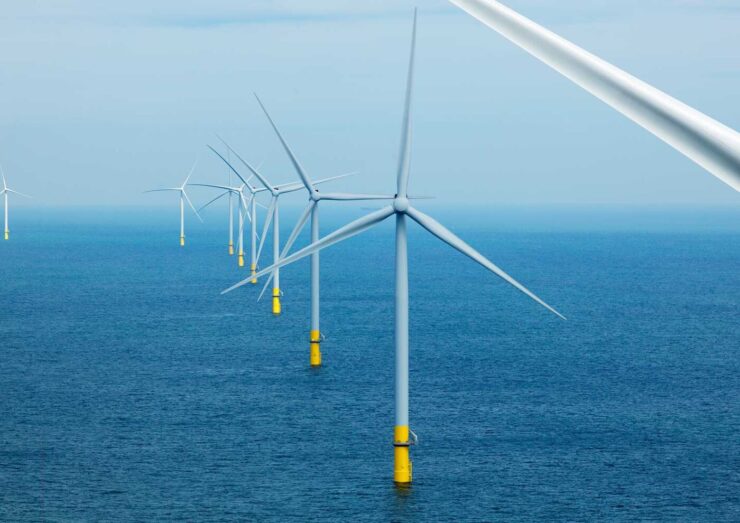Installation is a very important stage during the lifecycle of an offshore wind turbine. This article outlines the state-of-the-art and technical aspects of installing an offshore wind turbine. Various installation methods and procedures for bottom fixed and floating wind turbines are very important for you to understand, following the order of wind turbine components and foundations. Applications and the challenges of each method are outlined as future developments in the technical areas.
Offshore wind energy has undergone vast expansion over the past decades. Denmark was the first county ever to construct the first offshore wind farm in 1991, there has been the decommissioning of the wind farm, and there has been a rise in interest in wind farms in deep waters. Today, many offshore wind turbine technologies have reached a very high technical level. There has been a very substantial decrease of about 20% in the cost of energy of offshore wind projects, as observed between 2010 and 2018. Such decline is because of factors such as larger rotor diameter, improved technology on the wind turbines, the OWF clustering effect and the installation technology
Compared to other renewable sources of energy, such as solar photovoltaics, offshore wind energy has higher LCOE, with a globally weighted average of about $ 0.127/kWh source: IQIP.com, boosting offshore wind energy competitiveness.
Overview of Installing an Offshore Wind Turbine

OWT is an installation activity where you assemble several parts of a wind turbine and then connect them to a grid. As this operation takes place offshore, it is regarded as a maritime operation facing many challenges, including marginal installation equipment in the market, safety risks in lifting operations and weather windows, but a few. In this section, the installation of vessels and equipment, such as pile plugs, is vital. It is here that the relevant international standards and modelling tools are reviewed.
Installation of Vessel and Equipment
Installation vessels are in any OWT installation. You choose the vessels based on the reasons such as the budget installation task, market availability and wind turbine technologies, for example, the number of components and size. One can use different installation vessels in the development of OWF.
Classification of Offshore Wind Turbines

General
Wind turbines are classified based on various criteria. A wind turbine can be vertical or horizontal axis if the criteria are the direction of the rotating axis. If the power transmission method is the criterion, gearbox transmissions and direct drive are the two main categories. For the OWT, the foundation type can be an important criterion that controls the installation style. Floating OWTs and the bottom fixed OWTs are the main categories.
Bottom-Fixed Offshore Wind Turbines

The bottom fixed OWTs dominate the current market of offshore wind energy. Among them is the monopile foundation, which has the simplest form as it is made of a single steel tube pile. The other types are gravity base foundations that are normally made of concrete. They use their self-weight to avoid the overturning moments. They are favourable for the sandy, clay and rocky seabed conditions. Gravity base foundations are mostly suitable for water depths that are less than 10m. And lastly, the Jacket foundations are the space frame structures made of steel tubular members. Despite its storage and logistics problems, jacket-supported OWTs are suitable for intermediate water depths.
Conclusion
The use of offshore wind farms is very useful. We should promote global use because it produces environmentally friendly energy which does not cause pollution. To keep learning more about wind turbines, visit our website, which has more for you and learn.

